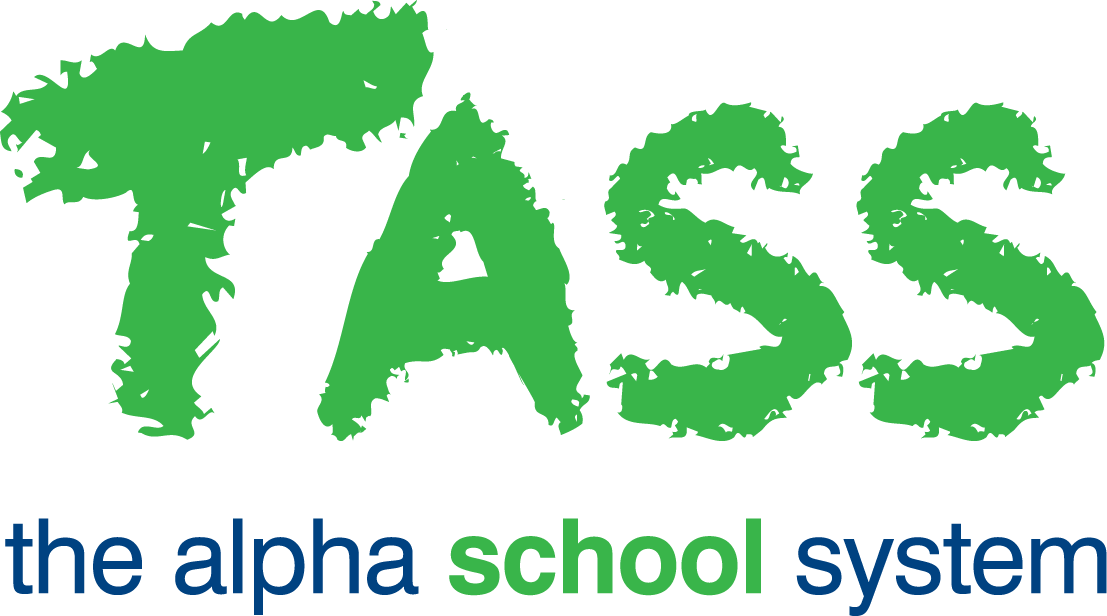What is the difference between a Unitised and Non-Unitised Timetable?
Unitised Timetable
A unitised or vertical timetable allows students to participate in subjects not specifically tied to their year group. For example, a high-achieving mathematics student in Year 10 may attend a timetabled Year 12 mathematics class.
Each subject and year group combination is assigned a unique subject code. For example, English would have different subject codes representing the various units of study for each year group.
Subject Code | Subject Description |
|---|---|
ENG7 | Year 7 English |
ENG8 | Year 8 English |
ENG9 | Year 9 English |
ENG10 | Year 10 English |
ENG11 | Year 11 English |
ENG12 | Year 12 English |
The Subject Codes can be any combination of letters and numbers up to 15 characters, recommended to be easily recognisable. For Example:
Subject Code | Subject Description |
|---|---|
ENG10 | Year 10 English |
Y10ENG | Year 10 English |
ENGY10 | Year 10 English |
10ENG | Year 10 English |
Unitised Timetables have the 'Unitised/Vertical' flag set to 'Yes' in TASS.web Student Admin > Timetable > Setup Information > Timetable Setup.
Non-Unitised Timetable
A non-unitised or horizontal timetable restricts students to subjects specifically defined for their year group. For example, all Year 10 students solely attend a timetable of Year 10 subject classes.
Non-unitised timetables typically employ the same subject codes for subjects across multiple year levels. For example, English might have a subject code of 0001, used consistently for different year groups.
Subject Code | Subject Description |
|---|---|
0001 | English |
Non-Unitised Timetables have the 'Unitised/Vertical' flag set to 'No' in TASS.web Student Admin > Timetable > Setup Information > Timetable Setup.
